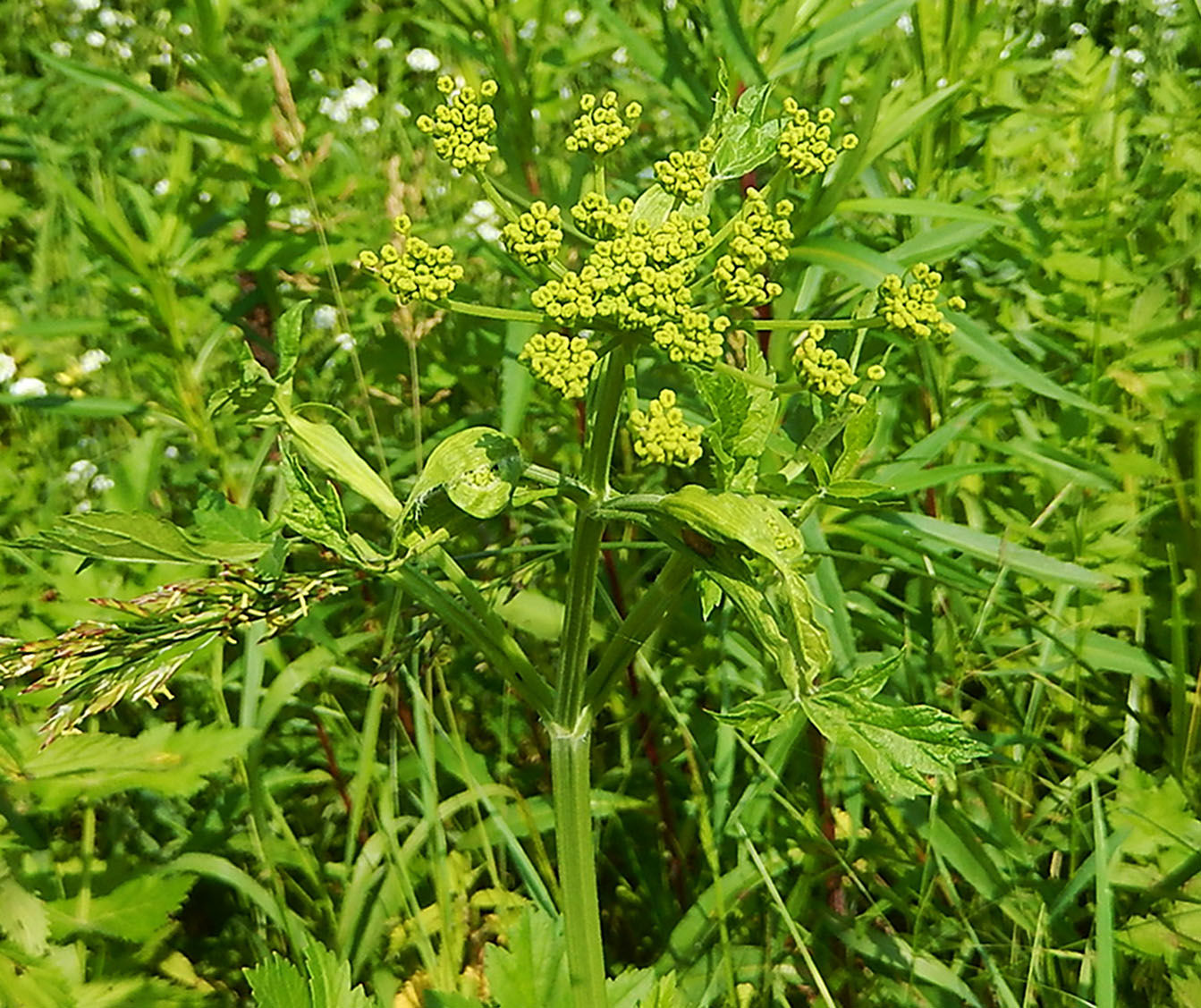

Skin sensitivity is greatest at flowering time. Additionally, the leaves of wild parsnip cause a painful and potentially serious rash on some people. NOTE: Although wild parsnip has edible roots, it should be avoided because of the possibility of confusion with poison hemlock. Wild parsnip produces huge amounts of seed, allowing it to persist and spread.

The leaves of poison hemlock are usually more finely divided and its stems are hollow and purplish. Similar plants: Second-year plant is somewhat similar to poison hemlock ( Conium maculatum). Many small flowers with five yellow or white petals borne in umbrella shaped terminals – gives rise to yellow seed clusters, 2-6 inches across. Up to 18 inches long.įlower: May-August (second year). When bruised or damaged, Poison ivy, poison oak and poison sumac release an oil called 'urushiol' which can cause contact dermatitis, an uncomfortable allergic rash. Common substances responsible for this type of reaction include fragrances, disinfectants and chemicals used in some sunscreens. Leaves: Alternate, pinnately compound with coarse saw-tooth edges deeply lobed and not hairy. Some sun allergy symptoms are triggered when your skin is exposed to a substance and then to sunlight. Second Year Growth Habit: 2-5 feet, branched, flowering plant. Large, three-lobed leaves resemble celery. Life cycle: Biennial, forming a rosette the first year and producing flowers and seed in the second.įirst Year Growth Habit: Rosette of basal leaves. Always read the label before applying the product.Habitat: Wastelands, wet sites, roadsides and pastures, undisturbed ground. Monitor for re-sprouts, missed plants, and new seed bank growth and do follow up treatments as necessary. Spot treatment with Roundup (1-3 percent glyphosate) at its basal rosette stage in spring or in fall or in its bolting or flowering stage can also be effective. Darker Skin Tones Cosmetic treatments Public health programs. contacts your skin and then is exposed to sunlight, a skin rash will. A rash from one of these poisonous plants usually shows up as red, itchy bumps on the. Use cold water to wash away the chemical residue, both humidity and warmth will open the pores of the skin and spread. Wild parsnip (Pastinaca sativa) is an aggressive Eurasian member of the carrot. Annual mowing at the right time can deplete the wild parsnip seed bank in about 3 to 5 years. Prevention If you have come in contact with wild parsnip get out of the sun and wash the affected skin immediately 1. It is important to clean the equipment carefully, as the sap can still be present, and it also reduces the chance of spreading the seeds. You should instead hand collect the seeds in a plastic bag and dispose of it in a landfill. If the plants have set seed, do not mow it. Come back a few weeks later to mow any re-sprouts. Remove the flower heads or stems from the site. Make sure to wear protective clothing described above, including a face shield to prevent splattering the sap onto your skin. Life Cycle: Biennial Origin: Eurasia Poisonous: Yes (foliage), skin photosensitivity Wild parsnip is distributed widely across the. If the population of the wild parsnip is too large, use a brush cutter to control the plants and prevent from setting seed. Common name: Wild parsnip Scientific name: Pastinaca sativa L. After finished with the work, isolate the contaminated clothing materials, including the gloves, and wash separately in hot, soapy water.


 0 kommentar(er)
0 kommentar(er)
